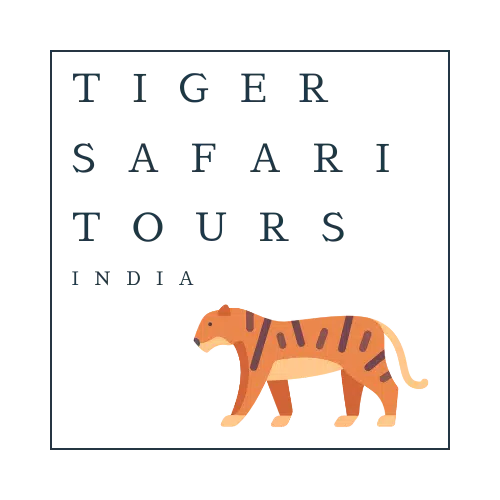Singalila National Park
A national park located at an altitude of more than 7000 feet above sea level
Overview
Singalila National Park is an exotic national park, situated on the Singalila Ridge in Darjeeling district. It is a part of the eastern Himalayas which, makes it a subject of attraction for mountaineers. It was initially established as a wildlife sanctuary in 1986 and was later made an Indian National Park in 1992. The entire park is full of intriguing wildlife and vegetation, and you can also witness the rare Red Panda and the Himalayan Black Bear in their splendid residence.

Information
It is the largest altitude park in West Bengal at an altitude of more than 7000 feet above sea level. Singalila National Park acquires its name from the Singalila spur. It also has two ranges which start from Manebhanjan in the south and extends to Phalut and Sandakphu, which are the two highest peaks of the Singalila range. The park encompasses an area of 203.6 km² that includes a broad range of flora and faunal species. There are over 120 bird species and a diverse range of wildlife.
- Size – 203.6 km²
- Forest type – Thick bamboo, oak, magnolia and rhododendron forest
Star Species
It is a haven for all the residing floras and faunas as the area is stringently maintained for the security of its biodiversity. Apart from its enormous biodiversity, it is also renowned for its stunning panoramic view of Himalayan Peaks from Nepal to Sikkim and up to Bhutan. It is a popular trekking route to Sandakphu which is the highest point in Singalila National Park. The two great times to visit the strikingly beautiful sanctuary are from October to December and from March till May. The ideal way to behold this glorious and magnificent view is by staying in the resorts in Singalila National Park, which allows you to blend luxury and adventure with the serene experience.
- Key Mammals – Red Panda, Barking Deer, Himalayan Black Bear, Pangolin, Clouded Leopard, Leopard Cat, Wild Boar, and Yellow-Throated Marten.
- Key Birds – Golden-Breasted Fulvetta, Fire-Tailed Myzornis, Blood Pheasant, Khalij Pheasant, Scarlet Minivet, Satyr Tragopan, Brown, and Fulvous Parrotbills.
How to reach
- By Train – The nearest railway station to Singalila National Park is Ghoom, which is 13 Kms far from the starting point of the park (Tonglu). Alternatively, you can use Darjeeling Railway Station, which is well-connected to major cities like Chennai, Ahmedabad, Delhi, Bangalore, Cochin, and Guwahati. From the station, you can use any local transport to reach the park.
- By Air – Singalila National Park is 100 Kms from the nearest airport situated in Bagdogra, West Bengal. The airport of Bagdogra is well connected to cities like Delhi, Gaya, Jammu, Mumbai, and Guwahati. From the airport, it is a 4-hour drive to the park, and you can easily hire taxi or cab services.
- By Road – Singalila is a well-known and popular spot for trekkers and mountaineers, and it has well-expanded road connectivity. Hence, smooth and comfortable accessibility to travel by road.
Safari
Singalila can be explored through Jeep Safari and camping options. Jungle safari routes are a magical trip indeed, covered with pine trees, rhododendrons and stretches of greenery. October to January is the epitome of natural beauty in Singalila National Park. The safari routes are the zones in this national park. Jeep Safari union charges INR 3,000 per jeep per safari. The safari begins at Manebhanjan with a drive through local landscapes and villages. Reaching a panoramic viewpoint for famous Mt. Everest, Kanchenjunga and Makalu at highest peak for West Bengal and Phalut. This route takes you to the lodging facilities at Tumling and Kalapokhri and ends at Sandakphu or Phalut.
Safari Routes:
- Sandakphu – 4.5 hours
- Phalut – 2.5 hours
It is advisable to contact an experienced agent to book end-to-end details – Click Here.
Weather
| MONTH | MIN. TEMP (°C) | MAX. TEMP (°C) |
| January | 3 | 8 |
| February | 2 | 6 |
| March | 3 | 8 |
| April | 8 | 9 |
| May | 6 | 10 |
| June | 8 | 10 |
| July | 11 | 12 |
| August | 10 | 18 |
| September | 9 | 12 |
| October | 11 | 14 |
| November | 7 | 12 |
| December | 6 | 12 |
Things to Carry
Clothing tips for the right safari experience:
- Clothes in the earthy colours to be worn which are greens, beige and grey. Black attracts mosquitoes and should be avoided. Shiny or bright colours are a big no.
- Clothes as per expected weather are very important:
- Summer clothes to be carried should be preferably cotton or cotton blend that is comfortable, breathable.
- Winter clothes to be packed should be planned for layering over each other when worn. Advisably 4-5 woollen clothes than one heavy item.
- A raincoat or a windcheater is also recommended.
- A hat or a cap as per the weather or season is also prescribed.
- Avoid wearing strong fragrances on the safari.
Gallery



